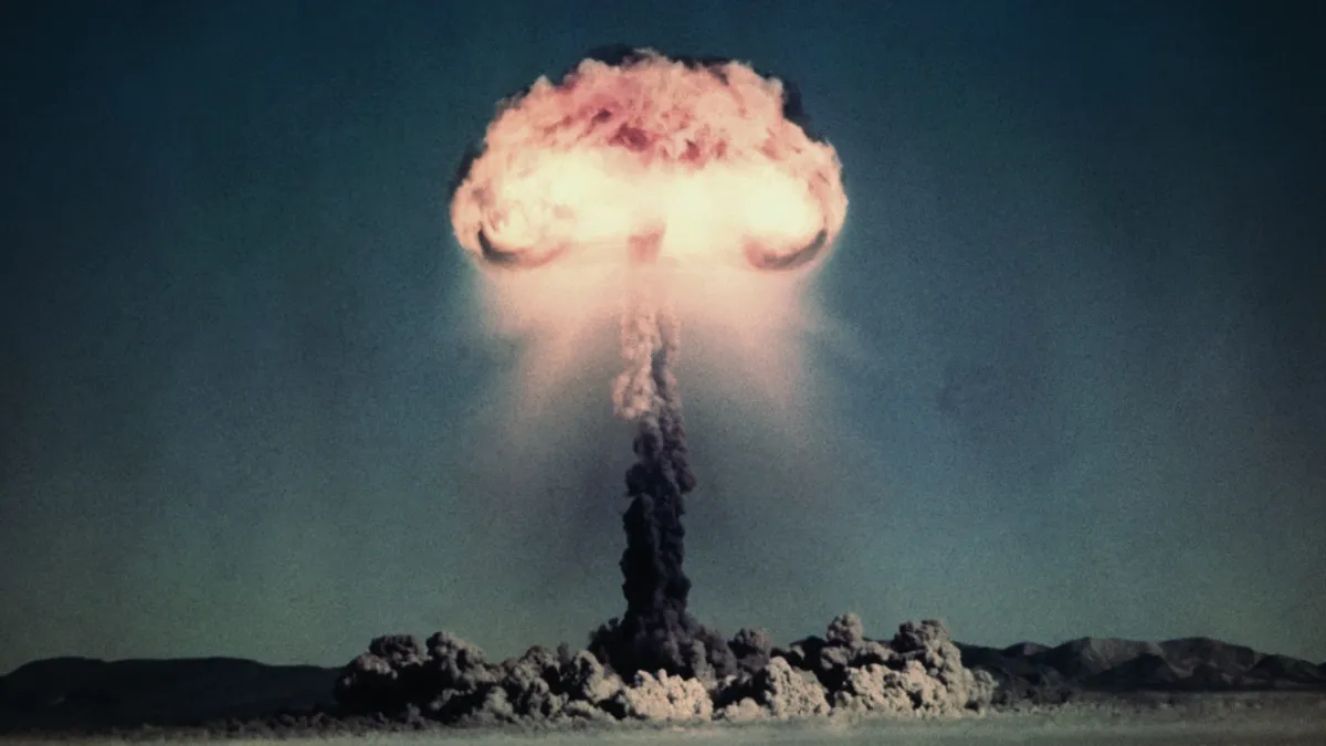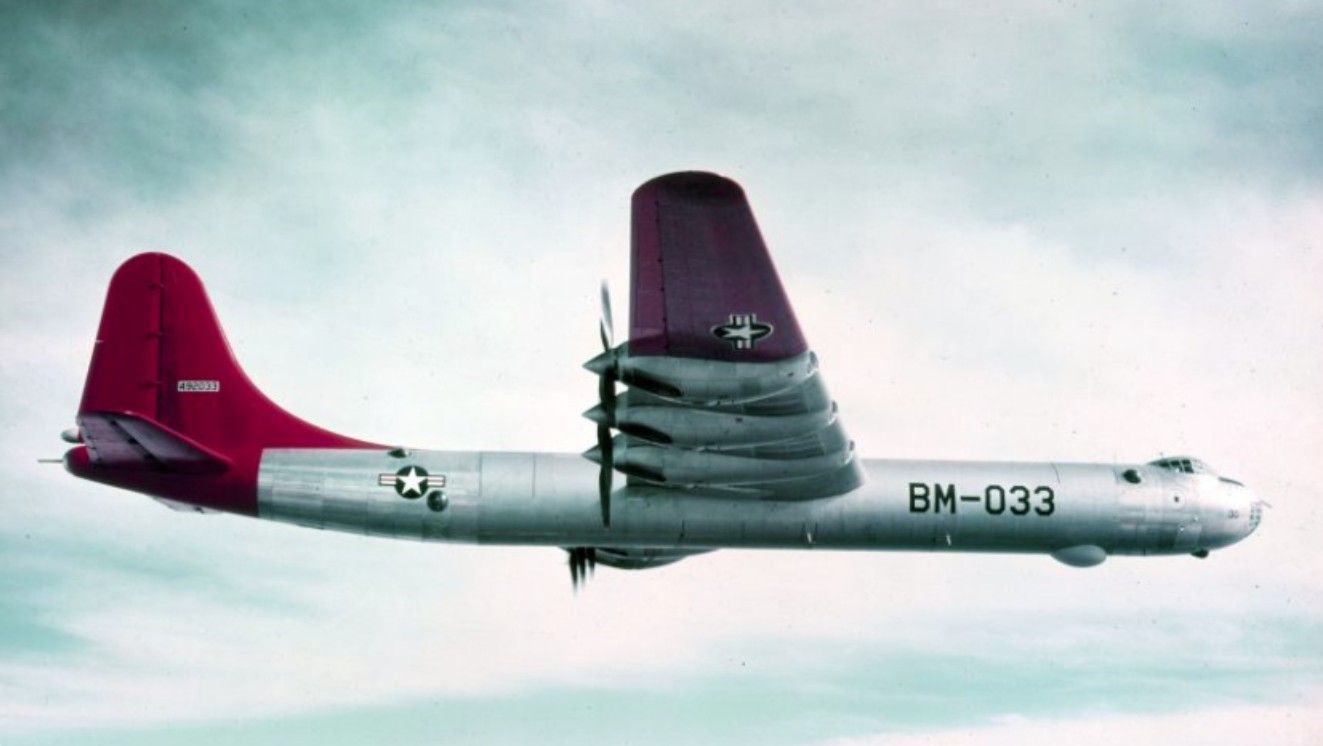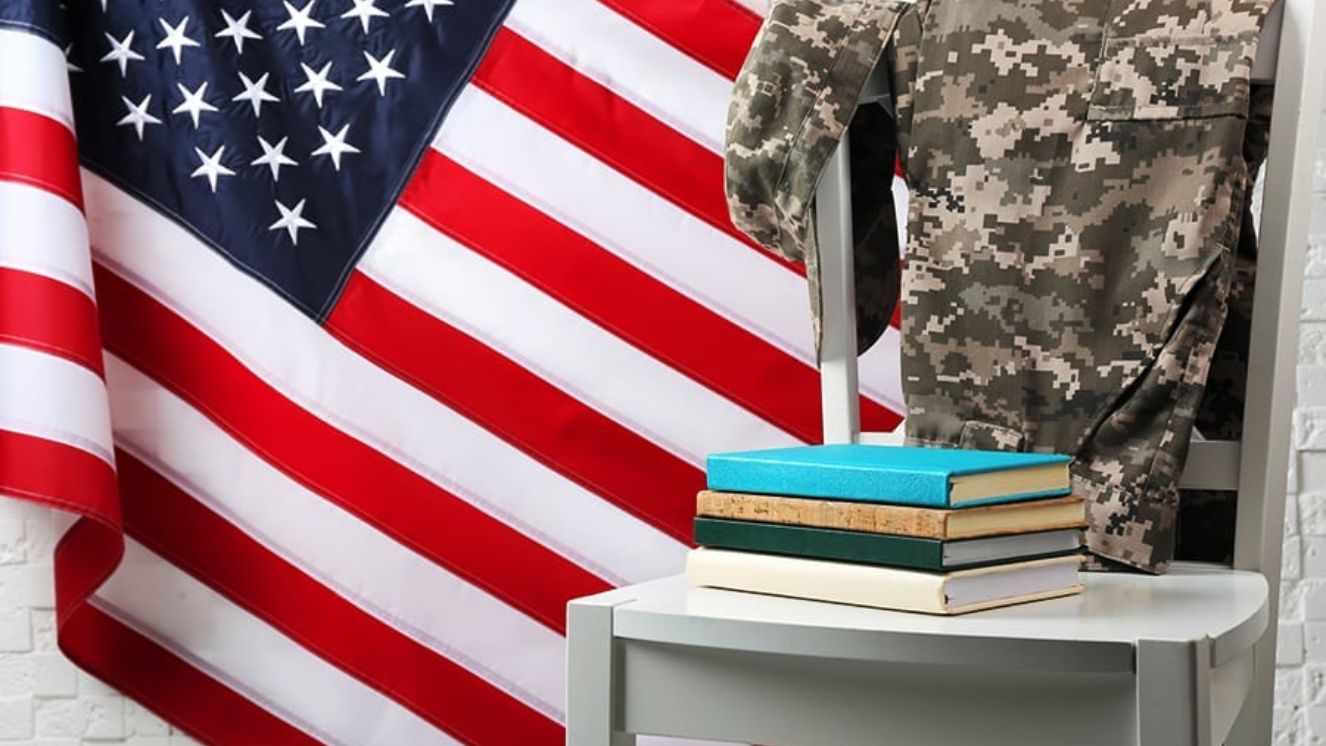U.S. ARMY CAMEL CORPS: HISTORIC MILITARY EXPERIMENT

When you think of camels, you probably don’t associate them with the military. But, you might be surprised to learn that up until the end of the Civil War, camels actually played a key role in military strategy.
This idea all began in May of 1855, when Secretary of War Jefferson Davis had one of the most unusual ideas in the U.S. Army’s history — using camels for transportation during the long, dry treks. Davis ended up assigning Brevet Major Henry C. Wayne to a special duty, which was getting camels for Army transportation.
It may sound strange, but the Army actually did use camels to cross the arid deserts of the American Southwest, and the creation of the U.S. Camel Corps quickly happened.
U.S. Army's Decision to Experiment with Camels
The military brought over dozens of camels and trained soldiers to work with them, thinking that the camels would be a good fit for desert missions.
The U.S. was quickly expanding westward, and the vast, dry terrain of the Southwest was giving them a serious problem. Traditional horses were not cutting it in the heat and wide-open nothingness.
So, they had the idea, why not try camels? Quickly, an operation called the U.S. Camel Corps was launched.
This idea wasn’t entirely new, as camels had been used for transportation, and to carry heavy supplies in brutal desert environments for centuries in North Africa and the Middle East. But, Davis found that the Army needed to improve transportation in the southwest.
In his annual report, Davis wrote, “I again invite attention to the advantages to be anticipated from the use of camels and dromedaries for military and other purposes…”
For this idea to be true, Davis received $30,000 from Congress in 1855 to test it out. By 1856, the first batch of thirty-three camels arrived in Texas from the Mediterranean.
Initially, Congress believed Davis’ idea to be valid, as camels can carry up to 600 pounds, go days without water, and can handle hot landscapes with ease. Compared to the average Army mule, they were practically SUVs with humps. But, many found the idea to be unusual, and it was ultimately a flop.
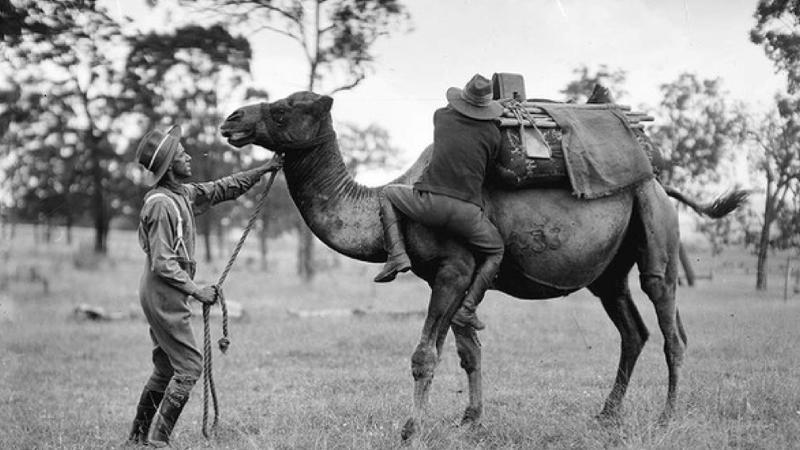
Challenges in Handling Camels for U.S. Army
Settled, and with their new four-legged imports secured, the Army set up camp at Camp Verde, Texas.
The Army needed to test the U.S. Army Camel Corps. Their mission was simple: see if camels could handle military transport and logistics better than traditional pack animals.
So, the soldiers had to learn how to ride, load, and take care of the camels. However, it quickly became clear that no one in the Army had done that before.
To help, the Army hired camel handlers from Egypt and other parts of the Middle East. Hadji Ali, also known as Hi Jolly, became a legendary figure in the U.S. Camel Corps lore.
Initially, the Army saw promising results. The camels could indeed trek across punishing terrain without complaint, and they needed less water than horses.
Most importantly – they carried supplies like a pro, and outperformed the mules.
But, the camels were weird. They spat, smelled awful, and had tempers that no one could handle. They terrified the Army’s horses and mules, causing chaos when they were near each other. Eventually, soldiers began to hate working with the camels.
U.S. Army Camel Corps: Project Approval Challenges
The U.S. Camel Corps was a tough project to sell, even though they performed well in tests. Most soldiers didn’t want to adapt to the new system, especially if it involved a spitting animal.
The entire project started to fall apart when the Civil War broke out in 1861. The Army had urgent priorities at the time, and those who were supporting the U.S. Camel Corps left for the Confederacy.
By the late 1860s, some camels were sold off at public auctions while others were simply released into the wild.
Camels from the U.S. Camel Corps also became part of Western folklore, known as the “Red Ghost” – feral beasts seen from afar, occasionally still saddled or wearing remnants of old Army gear.
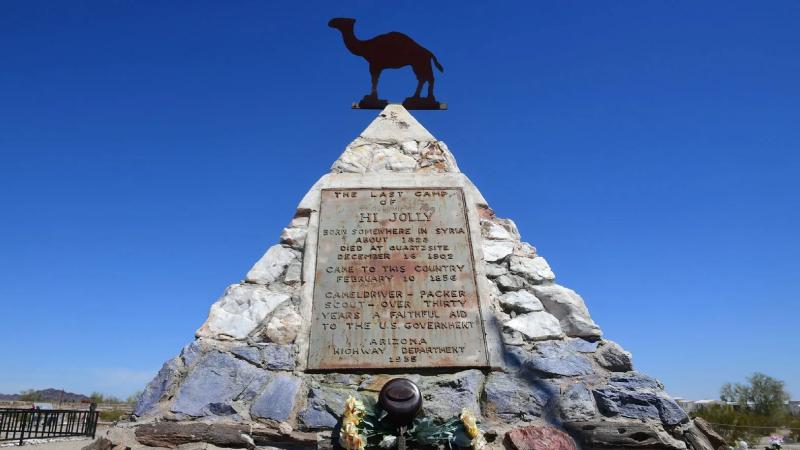
U.S. Army Camel Corps: Lasting Historical Impact
The U.S. Camel Corps wasn’t a total failure; the camels did exactly what they were supposed to. They just didn’t fit into the military culture of the time.
In a way, the story of the Camel Corps is less about camels and more about how hard it is to introduce a change, especially in institutions like the military. People don’t always adapt easily.
Still, the experiment is somewhat unusual, but it certainly left a lasting legacy. The U.S. Camel Corps is a reminder that the Army is not just winning or losing.
While it didn’t exactly change history, the Camel Corps stands as one of those quirky and forgotten chapters that make military history surprisingly engaging to revisit.
Read next:
- Do Veterans Receive Free VA Health Care? Understanding Your Coverage Options
- The Navy’s Marine Mammal Program Trains Dolphins & Sea Lions to Protect the Seas
- Meet the Atomic Annie: The World's Only Nuclear Artillery Cannon
Sources:
BY ALLISON KIRSCHBAUM
Veteran, Military History & Culture Writer at VeteranLife
Navy Veteran
Allison Kirschbaum is a Navy Veteran and an experienced historian. She has seven years of experience creating compelling digital content across diverse industries, including Military, Defense, History, SaaS, MarTech, FinTech, financial services, insurance, and manufacturing. She brings this expertis...
Credentials
Expertise
Allison Kirschbaum is a Navy Veteran and an experienced historian. She has seven years of experience creating compelling digital content across diverse industries, including Military, Defense, History, SaaS, MarTech, FinTech, financial services, insurance, and manufacturing. She brings this expertis...
